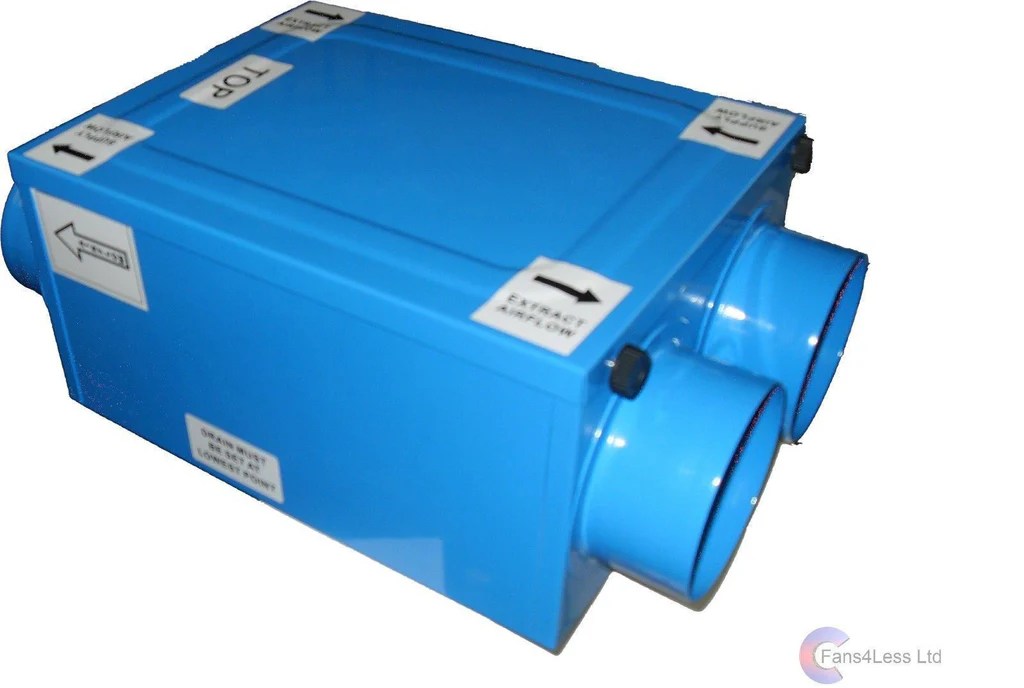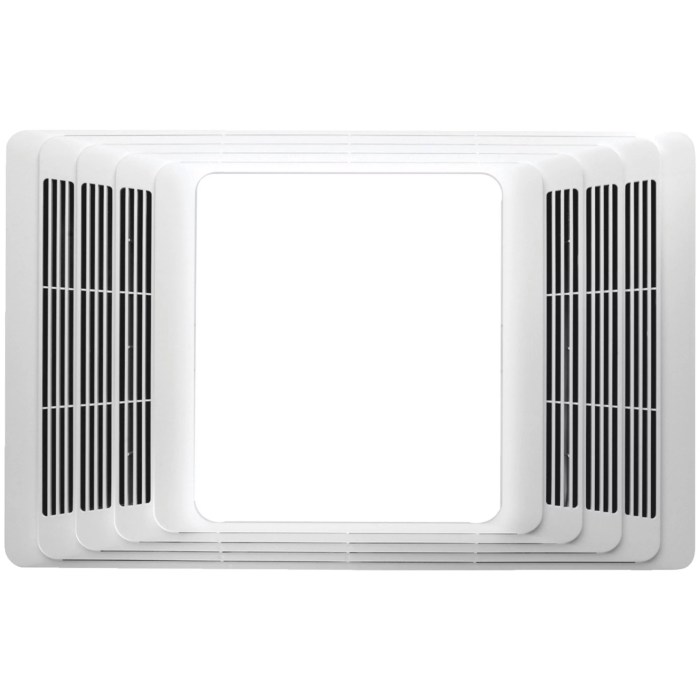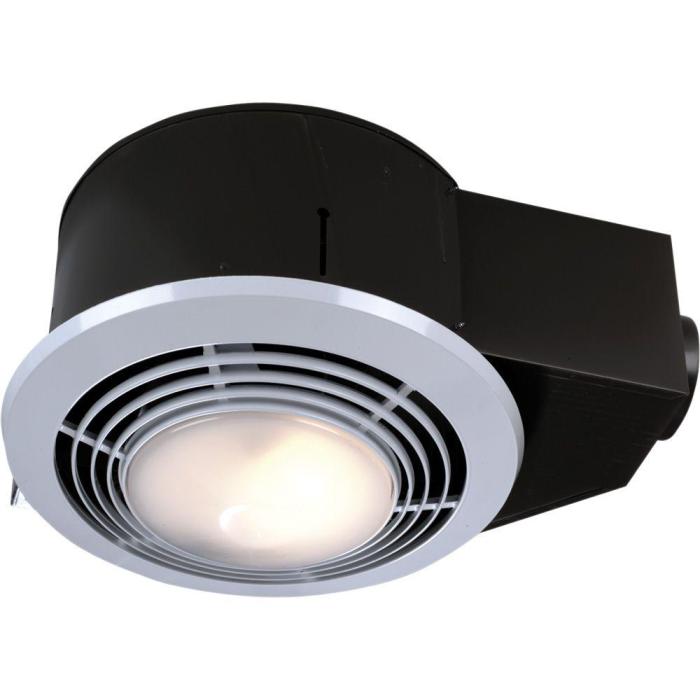In the pursuit of a comfortable and energy-efficient indoor environment, the combination of bathroom exhaust fans and heat recovery systems has emerged as a game-changer. These systems work synergistically to enhance indoor air quality, conserve energy, and reduce moisture levels, making them an essential consideration for modern bathrooms.
By delving into the specifics of these systems, their benefits, and installation processes, this comprehensive guide will empower you to make informed decisions about integrating them into your bathroom design. Explore the types of exhaust fans and heat recovery systems available, learn about their respective advantages, and gain insights into the cost and return on investment associated with these systems.
Introduction
Bathroom exhaust fans are devices that remove moisture and odors from bathrooms by expelling them outside. Heat recovery systems, on the other hand, capture heat from exhaust air and transfer it to incoming fresh air, reducing energy consumption for heating.
Combining these systems allows for efficient ventilation while minimizing heat loss.
By combining bathroom exhaust fans with heat recovery systems, homeowners can improve indoor air quality, reduce energy consumption, and create a more comfortable and healthy living environment.
Benefits of Combining Bathroom Exhaust Fans and Heat Recovery Systems
- Improved indoor air quality by removing moisture and odors from bathrooms.
- Reduced energy consumption by capturing heat from exhaust air and transferring it to incoming fresh air.
- Increased comfort and health by creating a more comfortable and healthy living environment.
Types of Bathroom Exhaust Fans and Heat Recovery Systems
Bathroom exhaust fans and heat recovery systems come in various types, each with its own set of features and advantages. Understanding these different types is crucial for selecting the most suitable solution for your bathroom’s specific needs and preferences.
Exhaust Fans
Exhaust fans are designed to remove moisture and odors from the bathroom by drawing air out of the room and expelling it outside. There are several types of exhaust fans available:
- Ceiling-mounted exhaust fans: These fans are installed in the ceiling and are a common choice for bathrooms. They are typically quiet and efficient, and can be controlled with a switch or timer.
- Wall-mounted exhaust fans: These fans are mounted on the wall, usually near the shower or bathtub. They are more compact than ceiling-mounted fans but can be less efficient.
- Inline exhaust fans: These fans are installed in the ductwork of the bathroom ventilation system. They are powerful and efficient, but can be more expensive and require professional installation.
Heat Recovery Systems
Heat recovery systems are designed to capture and reuse the heat from the exhaust air, reducing energy consumption. There are two main types of heat recovery systems:
- Air-to-air heat exchangers: These systems transfer heat from the exhaust air to the incoming fresh air, preheating it before it enters the bathroom. They are typically more efficient than air-to-water heat exchangers.
- Air-to-water heat exchangers: These systems transfer heat from the exhaust air to water, which can then be used to heat the bathroom or other areas of the home. They are less efficient than air-to-air heat exchangers, but can provide additional benefits such as dehumidification.
Installation and Maintenance
Combining bathroom exhaust fans and heat recovery systems requires careful planning and installation to ensure optimal performance and longevity. The installation process typically involves the following steps:
- Selecting the right equipment: Choose an exhaust fan with sufficient airflow capacity for the size of your bathroom and a heat recovery system that meets your specific needs and budget.
- Installing the exhaust fan: Mount the exhaust fan in the ceiling or wall, ensuring it is properly vented to the outside.
- Connecting the heat recovery system: Connect the heat recovery system to the exhaust fan and to a power source.
- Testing the system: Turn on the system and verify that it is operating properly.
Regular Maintenance
Regular maintenance is essential to ensure the efficient operation of your combined exhaust fan and heat recovery system. Here are some maintenance tips:
- Clean the exhaust fan: Regularly clean the exhaust fan blades and housing to remove dust and debris.
- Inspect the heat recovery system: Periodically inspect the heat recovery system for any signs of damage or wear.
- Change the filter: If your heat recovery system has a filter, replace it regularly according to the manufacturer’s instructions.
Troubleshooting
If you experience any problems with your combined exhaust fan and heat recovery system, here are some troubleshooting tips:
- Exhaust fan not working: Check if the power is on, the fan blades are not obstructed, and the vent is not blocked.
- Heat recovery system not working: Check if the power is on, the system is properly connected, and there are no obstructions in the airflow path.
- System not removing enough moisture: Increase the airflow rate of the exhaust fan or consider adding a dehumidifier to the bathroom.
Cost and ROI
Installing and maintaining combined bathroom exhaust fans and heat recovery systems typically involves upfront costs and ongoing maintenance expenses. However, these systems offer potential energy savings, leading to a return on investment (ROI) over time.
Installation Costs
The installation cost of these systems can vary depending on factors such as the size and complexity of the bathroom, the type of system chosen, and the labor costs in the area. Generally, expect to pay between $500 to $2,000 for professional installation.
Maintenance Costs
Ongoing maintenance costs for these systems are relatively low. Regular cleaning of the exhaust fan and filter is recommended to maintain optimal performance and prevent any buildup of dust or debris. This can be done by the homeowner and typically involves minimal expenses.
Energy Savings
These systems can potentially save energy by recovering heat that would otherwise be lost through the exhaust fan. The amount of energy saved depends on factors such as the climate, the frequency of bathroom use, and the efficiency of the system.
According to the U.S. Department of Energy, a properly installed and maintained heat recovery system can save up to 30% on energy costs associated with bathroom ventilation.
Return on Investment
The ROI for these systems can vary depending on the factors mentioned above. However, in general, the energy savings can offset the initial installation costs over time, leading to a positive ROI. For example, if a system saves $100 per year on energy costs and has an installation cost of $1,000, the ROI would be 10 years.
Case Studies
Numerous successful installations of combined exhaust fan and heat recovery systems have demonstrated the benefits of this technology. These case studies provide valuable insights into the performance, cost-effectiveness, and user experiences with these systems.
One notable case study involved a large apartment building in a cold climate. The installation of combined exhaust fan and heat recovery systems resulted in a significant reduction in heating costs, improved indoor air quality, and reduced condensation issues. The tenants reported increased comfort and a more pleasant living environment.
Benefits of Combined Exhaust Fan and Heat Recovery Systems
- Reduced heating costs
- Improved indoor air quality
- Reduced condensation issues
- Increased comfort
- Enhanced energy efficiency
Lessons Learned from Case Studies
- Proper installation and maintenance are crucial for optimal performance.
- The size and capacity of the system should be carefully selected based on the specific requirements of the building.
- Regular monitoring and adjustment may be necessary to ensure continued efficiency.
Conclusion
As you embark on your bathroom renovation or construction project, remember that combining bathroom exhaust fans and heat recovery systems is an investment in your comfort, energy efficiency, and indoor air quality. By carefully considering the design and installation aspects Artikeld in this guide, you can create a bathroom environment that meets your specific needs and enhances your daily routine.



